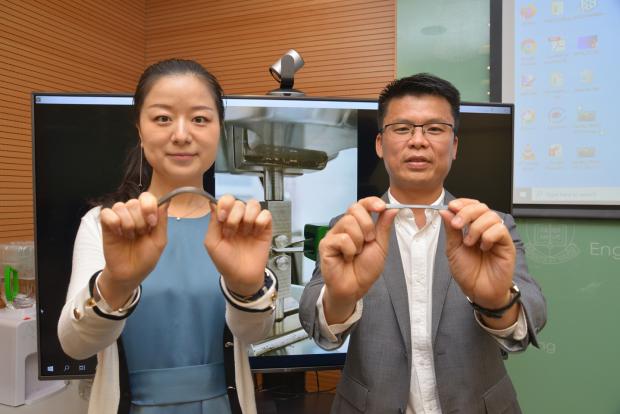
Breaking News
 We All See What Washington Is Doing
We All See What Washington Is Doing
 What Race? Meta "Joining Forces" With China-Founded Manus AI In $2 Billion Deal
What Race? Meta "Joining Forces" With China-Founded Manus AI In $2 Billion Deal
 The Telegraph: After Venezuela, Trump sets sights on Greenland?
The Telegraph: After Venezuela, Trump sets sights on Greenland?
 TSA Starts Collecting 'DNA' With Law Now In Effect At US airports
TSA Starts Collecting 'DNA' With Law Now In Effect At US airports
Top Tech News
 Laser weapons go mobile on US Army small vehicles
Laser weapons go mobile on US Army small vehicles
 EngineAI T800: Born to Disrupt! #EngineAI #robotics #newtechnology #newproduct
EngineAI T800: Born to Disrupt! #EngineAI #robotics #newtechnology #newproduct
 This Silicon Anode Breakthrough Could Mark A Turning Point For EV Batteries [Update]
This Silicon Anode Breakthrough Could Mark A Turning Point For EV Batteries [Update]
 Travel gadget promises to dry and iron your clothes – totally hands-free
Travel gadget promises to dry and iron your clothes – totally hands-free
 Perfect Aircrete, Kitchen Ingredients.
Perfect Aircrete, Kitchen Ingredients.
 Futuristic pixel-raising display lets you feel what's onscreen
Futuristic pixel-raising display lets you feel what's onscreen
 Cutting-Edge Facility Generates Pure Water and Hydrogen Fuel from Seawater for Mere Pennies
Cutting-Edge Facility Generates Pure Water and Hydrogen Fuel from Seawater for Mere Pennies
 This tiny dev board is packed with features for ambitious makers
This tiny dev board is packed with features for ambitious makers
 Scientists Discover Gel to Regrow Tooth Enamel
Scientists Discover Gel to Regrow Tooth Enamel
 Vitamin C and Dandelion Root Killing Cancer Cells -- as Former CDC Director Calls for COVID-19...
Vitamin C and Dandelion Root Killing Cancer Cells -- as Former CDC Director Calls for COVID-19...
"Super steel" breakthrough makes for stronger and tougher alloy

It's a frustrating fact that whenever you try to improve materials like steel, you end up introducing new weaknesses at the same time. It's a balancing act between different properties. Now, engineers have developed a new type of "super steel" that defies this trade-off, staying strong while still resisting fractures.
For materials like steel, there are three main properties that need to be balanced – strength, toughness and ductility. The first two might sound like the same thing, but there's an important difference. Strength describes how much of a load a material can take before it deforms or fails, measured in Pascals of pressure. Toughness, meanwhile, measures how much energy it takes to fracture a material.
For reference, glass has relatively high strength but low toughness, so it's able to support quite a bit of weight but it doesn't take much energy to break.
And finally, ductility is a measure of how easy it is to extend or elongate a material into different shapes. Unfortunately, improving one of these three properties tends to lessen another. Boosting strength, for instance, often makes a material less tough or ductile.



